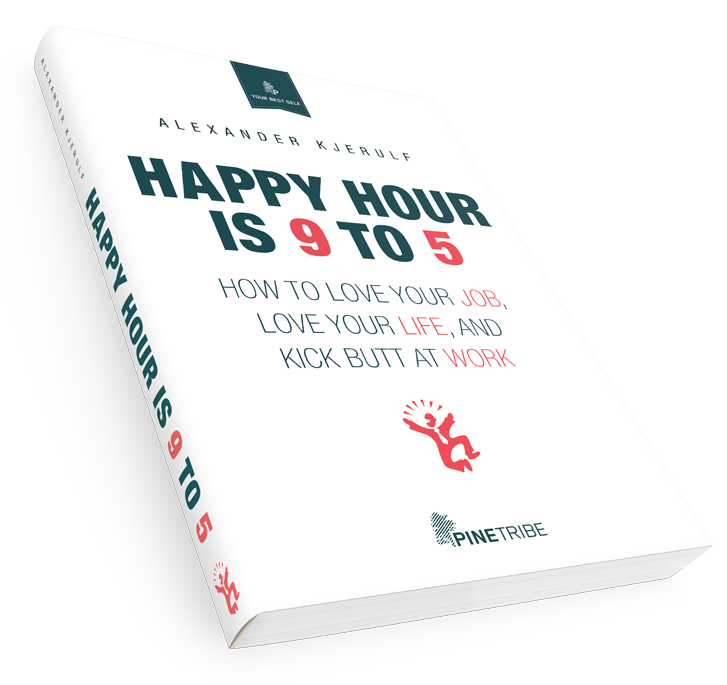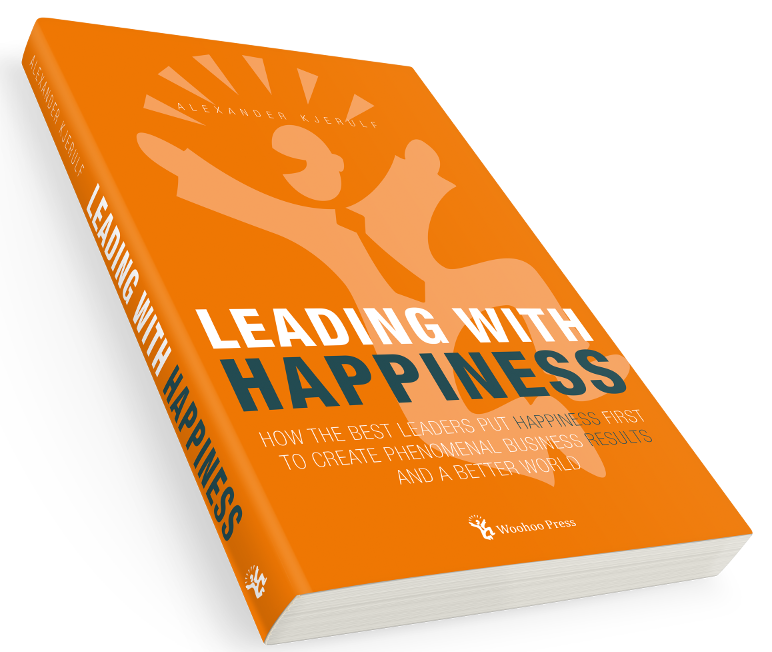 There are some companies that seem completely unafraid to do things differently. While others cling desperately to business as usual, I admire organizations who try alternative ideas and Zappos is one of these companies. For those outside of the US who have not yet heard of Zappos, they sell shoes and clothes online and they do so with huge success: Their sales for 2009 was $1 billion. That’s a lot of shoes and for a company that’s only 10 years old, that’s nice going.
There are some companies that seem completely unafraid to do things differently. While others cling desperately to business as usual, I admire organizations who try alternative ideas and Zappos is one of these companies. For those outside of the US who have not yet heard of Zappos, they sell shoes and clothes online and they do so with huge success: Their sales for 2009 was $1 billion. That’s a lot of shoes and for a company that’s only 10 years old, that’s nice going.
Zappos have about 800 employees in their HQ in Las Vegas and another 700 in the warehouse in Kentucky where all products are shipped from. And what truly separates them from many other organizations is how they treat their people. Zappos has committed itself to great service and has realized that the only way to consistently deliver great service is to have happy employees.
And that’s what “Delivering Happiness” is about. In the book, Zappos CEO Tony Hsieh tells his own story – he co-founded an IT company that became worth millions and then felt he had to leave it when he discovered that he was no longer happy at work there. The company was sold to Microsoft for $265 million.
Tony ended up investing part of his money in a strange guy with a weird idea: Selling shoes online. After several false starts and slow growth in the beginning, Zappos found the winning formula and the rest is history.
So what is their winning formula? It’s culture! Zappos have defined their culture and spend a lot of time, money and energy on maintaining and developing it. And here it is:
1. Deliver WOW Through Service
2. Embrace and Drive Change
3. Create Fun and A Little Weirdness
4. Be Adventurous, Creative, and Open-Minded
5. Pursue Growth and Learning
6. Build Open and Honest Relationships With Communication
7. Build a Positive Team and Family Spirit
8. Do More With Less
9. Be Passionate and Determined
10. Be Humble
They hire people based on who will fit into the culture, and they’re quick to fire those who turn out not to fit. Their hiring mantra is “hire slowly, fire quickly”.
Typical interview questions include:
If you had a theme song, that played every time you walked into a room, what would it be?
On a scale from 1 to 10, how lucky are you?
To make sure that new hires join Zappos for the culture and not for the money, they will give all new people the offer. It’s simple: If you quit in the first 2 months, you get your salary plus an extra $2,000. Yes, you read that right: Zappos will pay people to quit. And since most new positions are in the call center or warehouse (jobs that don’t pay all that well) $2,000 is serious money.
Zappos have had to adjust that policy recently: Because of the financial crisis, less and less people took the offer, preferring to stay in a stable paying job even if they weren’t that thrilled about the workplace. So Zappos have now upped the amount to $3,000. In addition they also pay their people a salary that is above average and offer great perks like free food, free snacks, etc.
The result of this and more (like great parties, freedom to design your own workspace, etc.) is a happy workforce and excellent customer service.
It doesn’t stop with the culture – their business model is equally great. 1 year return policy on all products, free return shipping, their 1-800 number is right at the top of every web page (they actually want customers to call them) and when you do call in, a live rep is only one keypress away, not buried somewhere in a phone menu labyrinth. In fact, average wait times hover around 20 seconds – when other companies can easily take 20 minutes to reach on the phone.
All of this and more is described in Tony’s book and I highly recommend it. Not only is it a fun and easy read, it offers a great insight into the history and practices of Zappos and it’s always fun to hear from people and organizations who are not only unafraid of trying new ideas but who seem to revel in it. Zappos definitely do.
In that respect, this book reminds me of one of my all-time favorite business books, namely Ricardo Semler’s The Seven-Day Weekend.
It is, however, the first business book where the author spends a whole page on his undying love for Red Bull and a few more pages on how he’s been inspired by the community at techno raves :o)
The book is in three parts: Part 1 is Tony’s story from his childhood to founding Linkexchange and Zappos. The second part is about how they do things at Zappos and the final appendix is about the science of happiness, which Tony urges all businesses to study. I could not agree more.
The book will not only give you a peek into the mind of Tony Hsieh, it will also give you about a million ideas you could out into practice in your own business or work life. But most importantly, it will show you just how far out of the ordinary a business can go if it has the courage to do so – and just how much success can be found out there.
The book comes out on June 7 – read it!
Related

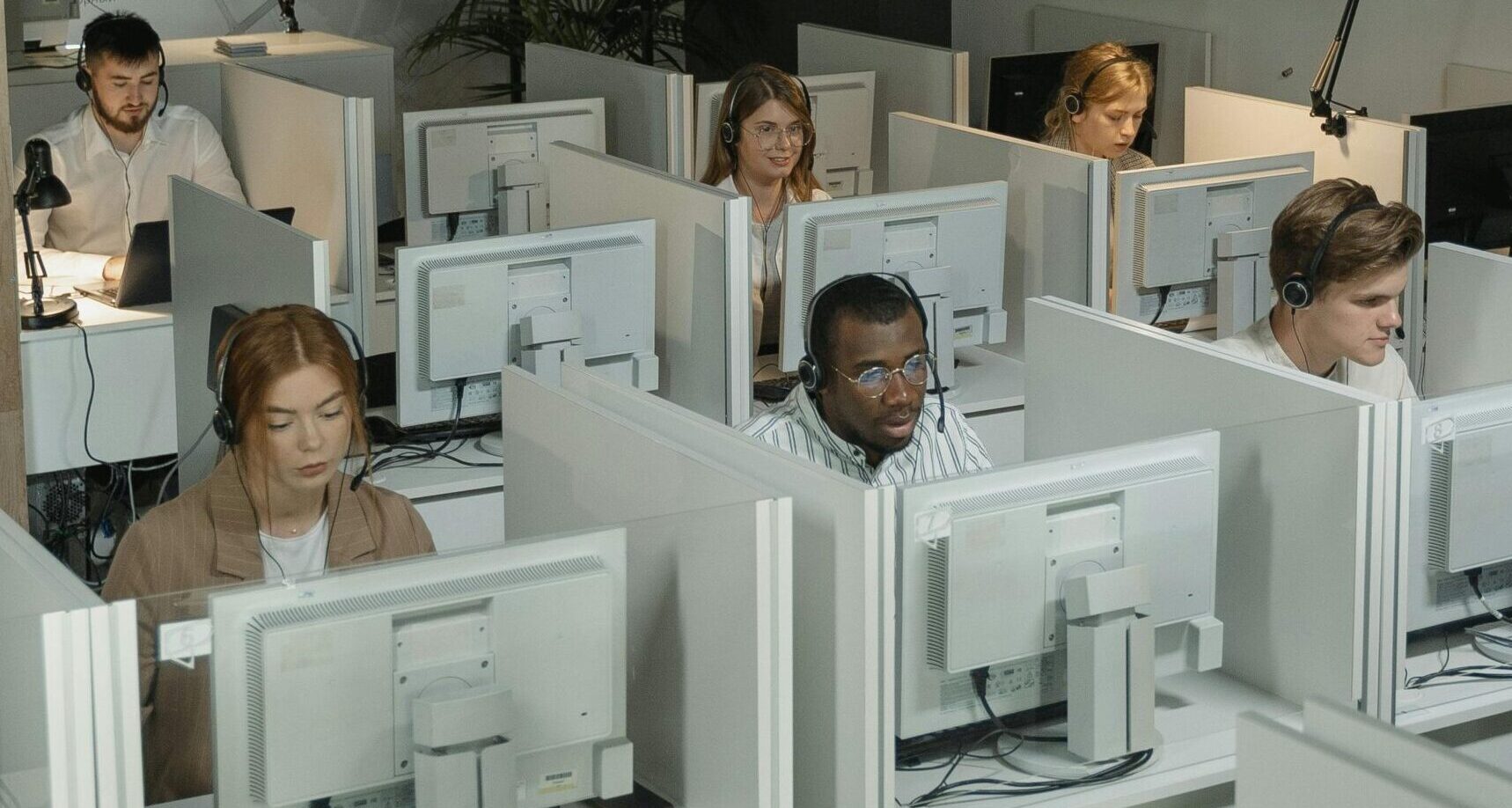
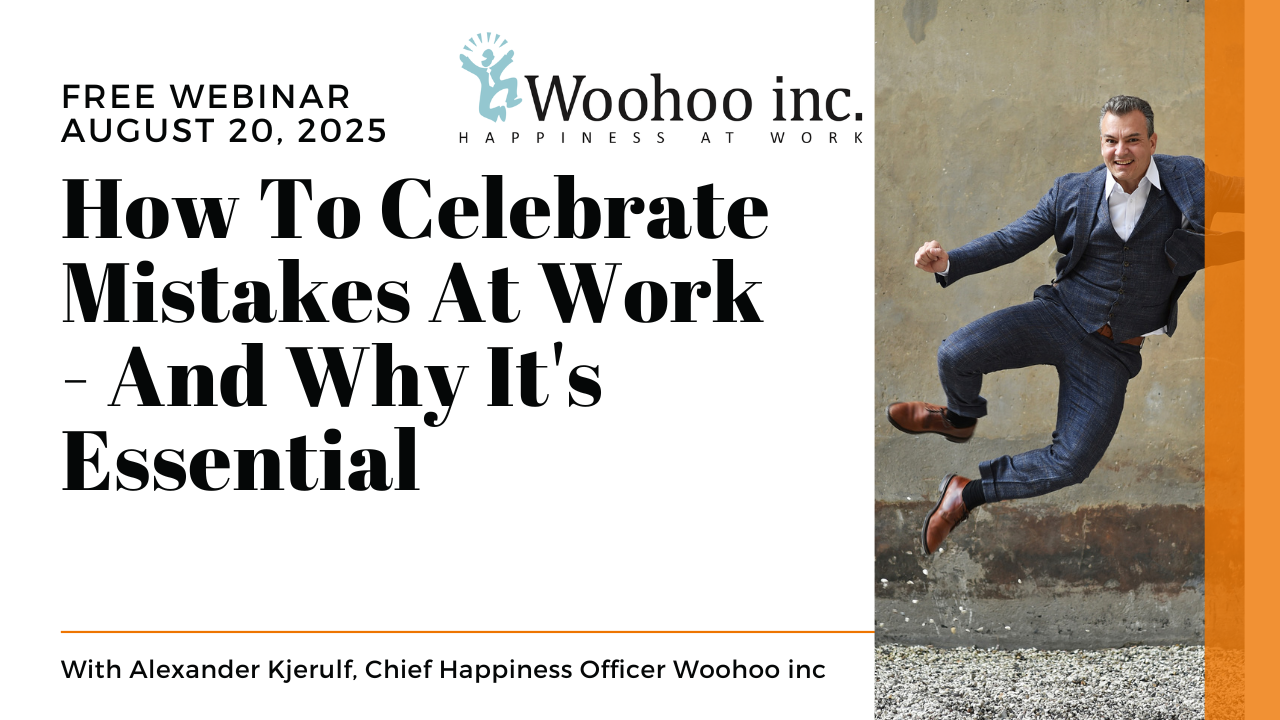
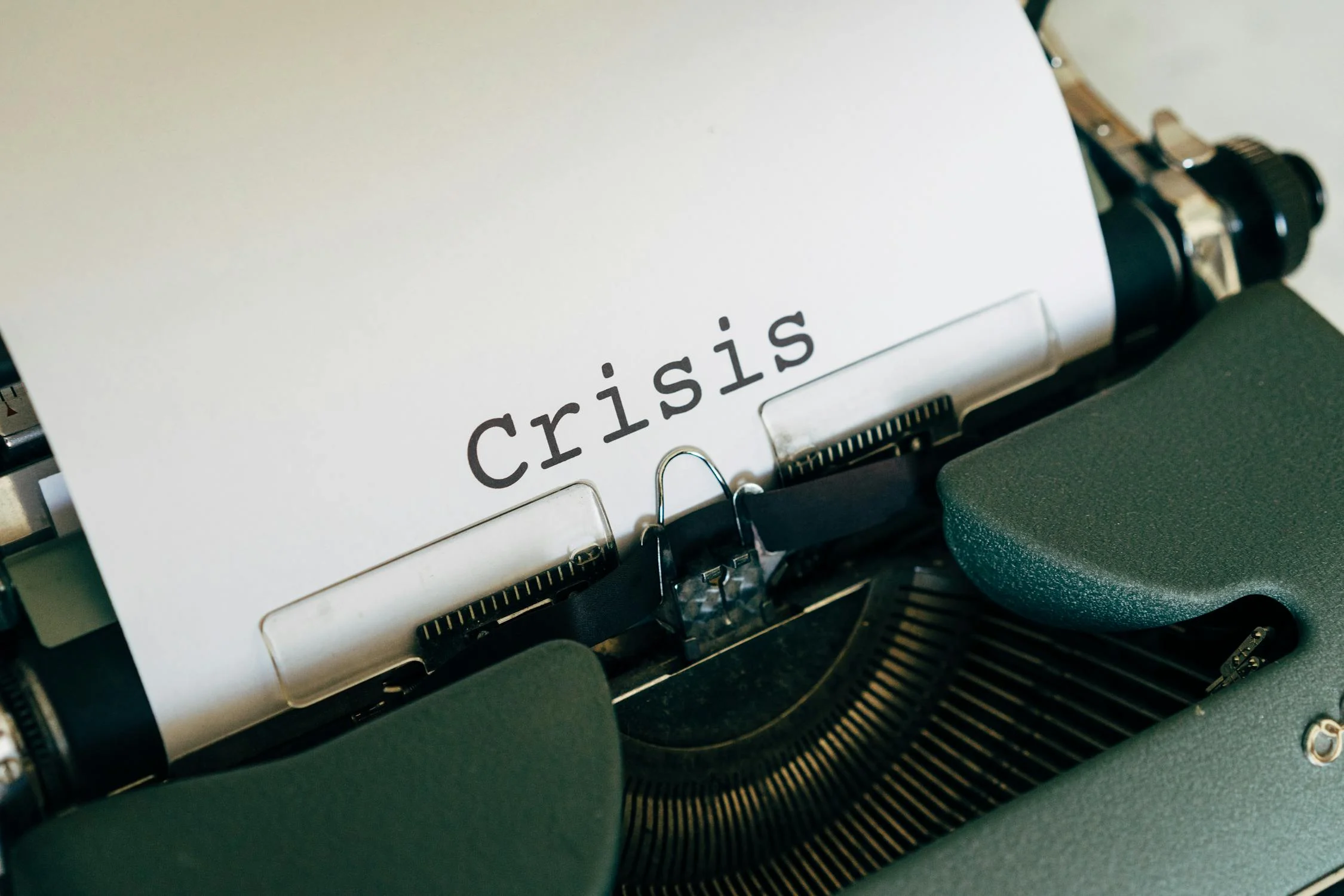
 There are some companies that seem completely unafraid to do things differently. While others cling desperately to business as usual, I admire organizations who try alternative ideas and Zappos is one of these companies. For those outside of the US who have not yet heard of Zappos, they sell shoes and clothes online and they do so with huge success: Their sales for 2009 was $1 billion. That’s a lot of shoes and for a company that’s only 10 years old, that’s nice going.
There are some companies that seem completely unafraid to do things differently. While others cling desperately to business as usual, I admire organizations who try alternative ideas and Zappos is one of these companies. For those outside of the US who have not yet heard of Zappos, they sell shoes and clothes online and they do so with huge success: Their sales for 2009 was $1 billion. That’s a lot of shoes and for a company that’s only 10 years old, that’s nice going.

 For a long time, rewards were the be-all and end-all of motivation. Everyone knew that the way to encourage people to achieve better results were to reward better results. Bonuses, incentive schemes and pay grades were created to implement this.
For a long time, rewards were the be-all and end-all of motivation. Everyone knew that the way to encourage people to achieve better results were to reward better results. Bonuses, incentive schemes and pay grades were created to implement this.